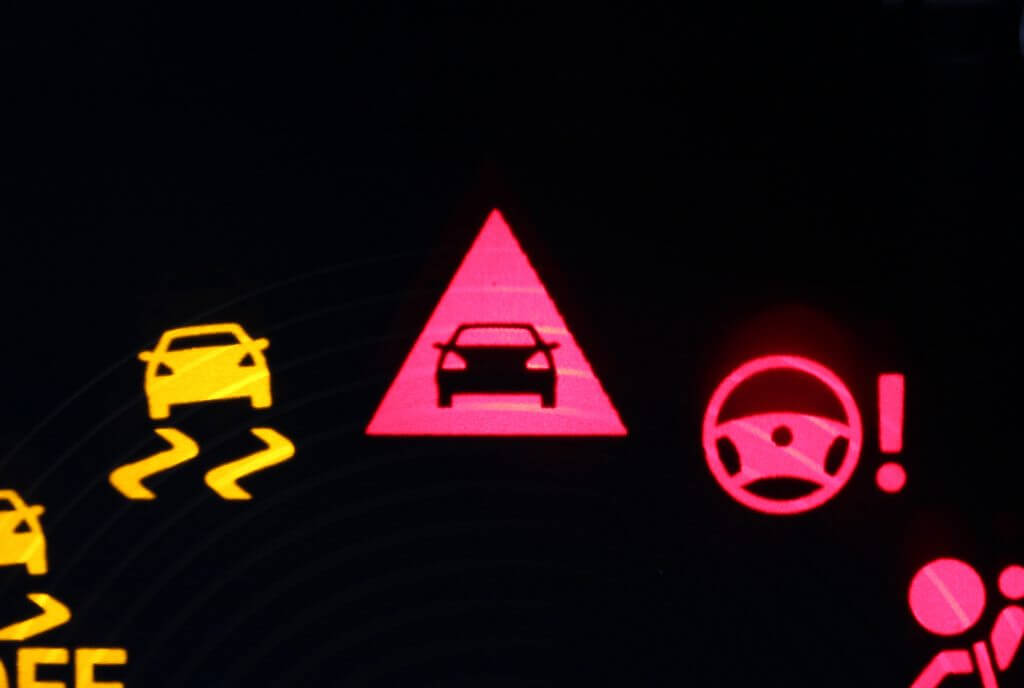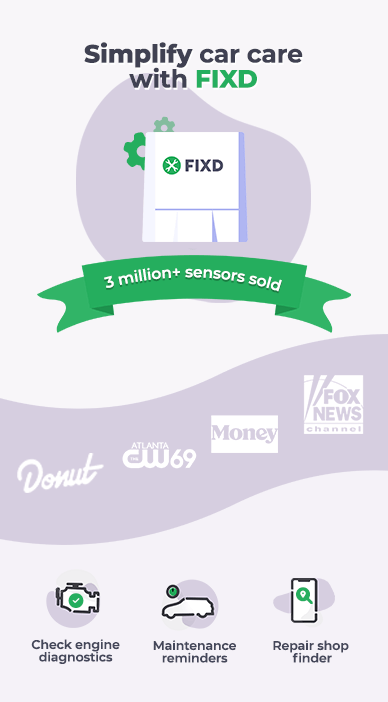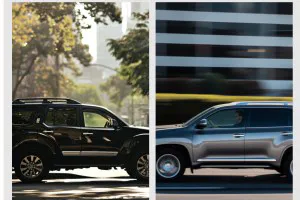What does the traction control warning light do and why is it on?
The traction control warning light comes on when there is a fault within the traction control system or when the traction control is operating. The traction control is meant to decrease wheel slip in slippery conditions. When the system operates the light will either blink or turn on until the slip event is over.
Common reasons for this to happen
- Normal operation
- Faulty wheel speed sensor(s)
- Improperly sized tires
- Mismatched tires
- Faulty electrical components
Can I drive with the traction control warning light on? (Can I drive in Fail-Safe Mode?)
Yes, you can, but be warned that there will be no assistance in acceleration to stop the vehicle’s wheels from slipping. If this light is accompanied by the ABS light, there will also not be any anti-lock brakes. If the traction control, ABS, and brake warning lights are all on the vehicle should not be driven and instead be towed to a repair facility.
How do I fix a traction control warning light?
- Make sure the vehicle has all the correct size tires installed.
- Make sure the system isn’t just functioning normally (i.e. preventing wheel slip in wet, icy, or snowy conditions). It is normal for the traction warning light to come on to warn you that the system is functioning.
- Have the vehicle diagnosed by a qualified repair facility.
Frequently Asked Questions
How do I know if the traction control is working?
- In the event of wheel slip under acceleration, the traction light will either blink or illuminate and you may feel the brake pedal pulsate, hear a buzzing sound, and the vehicle may cut throttle in order to gain control back.
Why should I ever turn the traction control off?
- If you are on muddy, snowy, or icy roads and trying to start from a stop the traction control may make it harder to accelerate and the need to turn it off in order to accelerate may arise. Once you are up to speed, you should turn it back on to maximize safety.
Are traction control and ABS the same thing?
- They aren’t the same thing, but they do work together in order to give the vehicle the best amount of traction in slippery conditions. The traction control can use brakes and the throttle in order to regain control, whereas the ABS uses the ABS actuator to control brake pressure in order to keep the wheels from locking up under hard braking or braking in slippery conditions.

At FIXD, our mission is to make car ownership as simple, easy, and affordable as possible. Our research team utilizes the latest automotive data and insights to create tools and resources that help drivers get peace of mind and save money over the life of their car.














